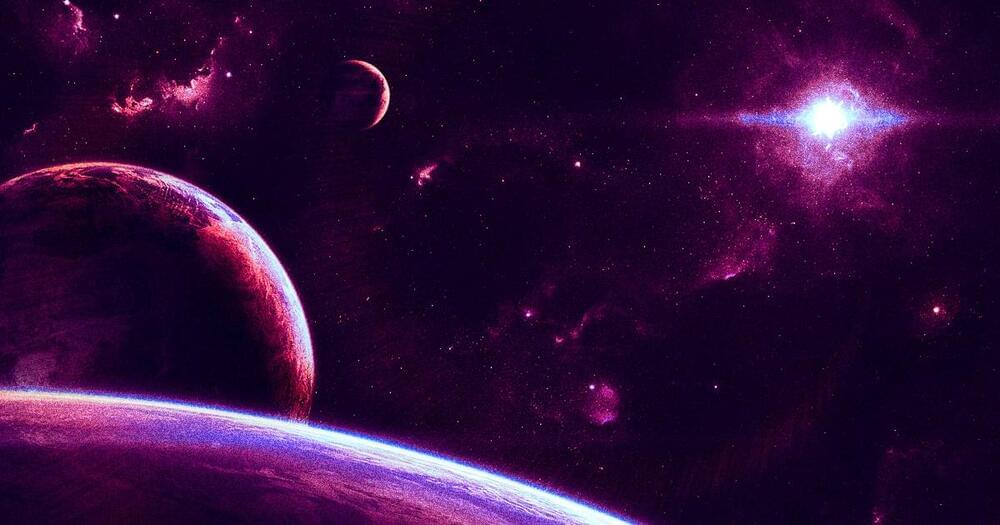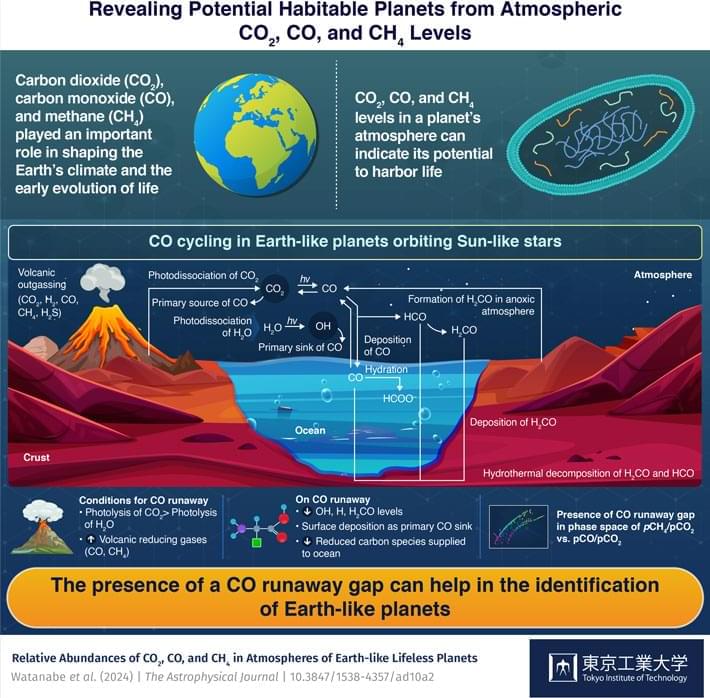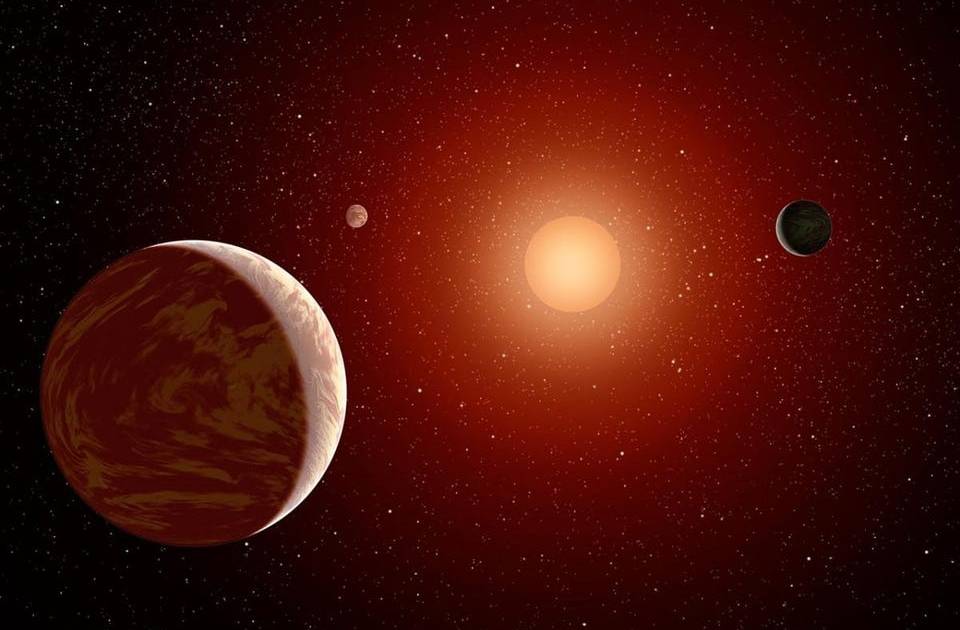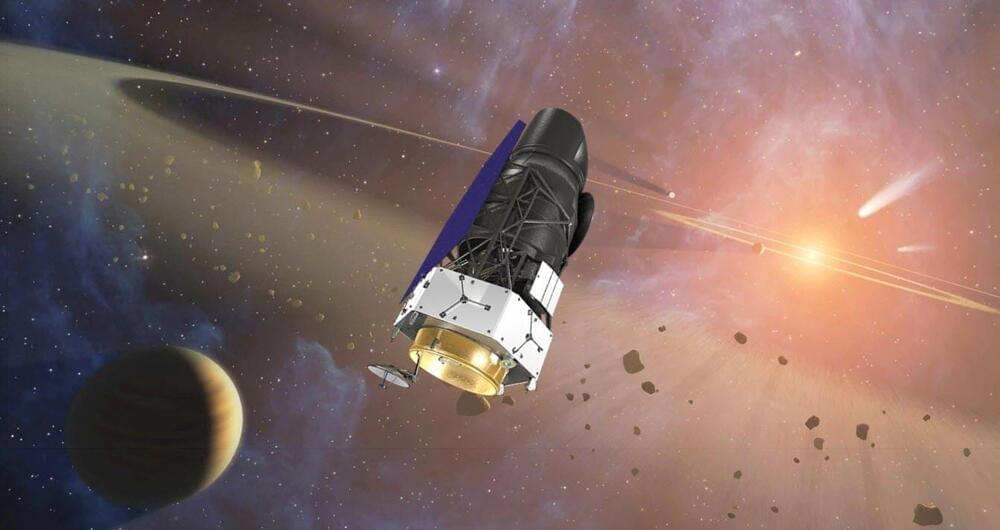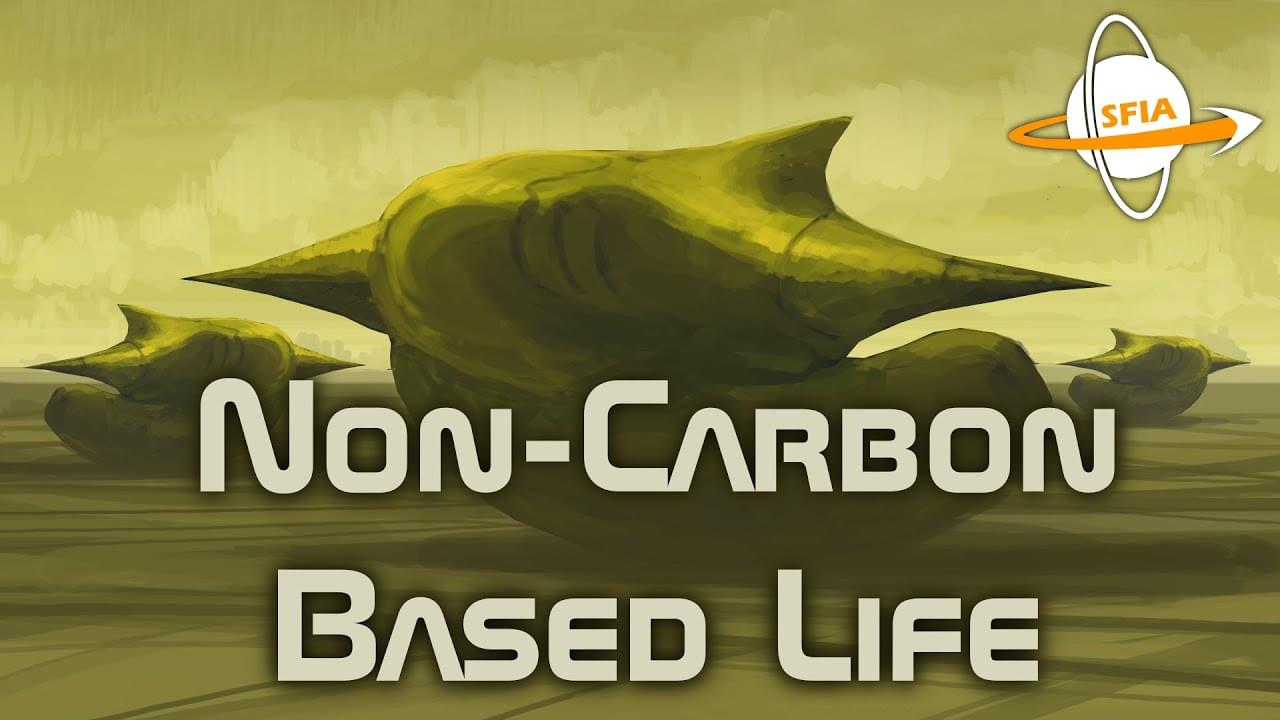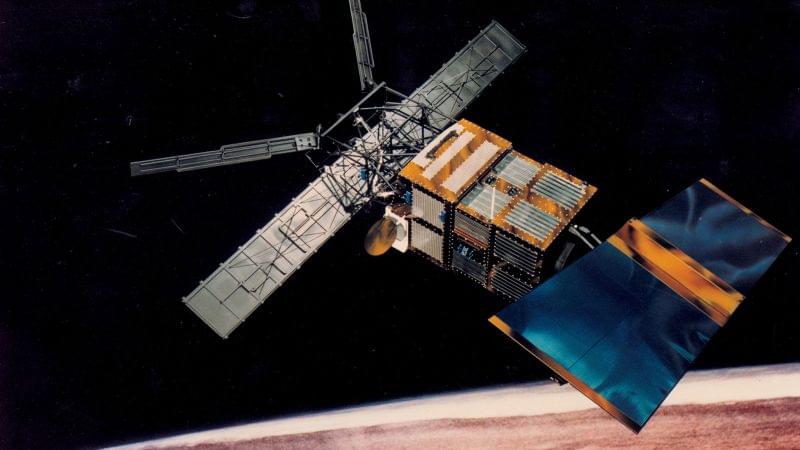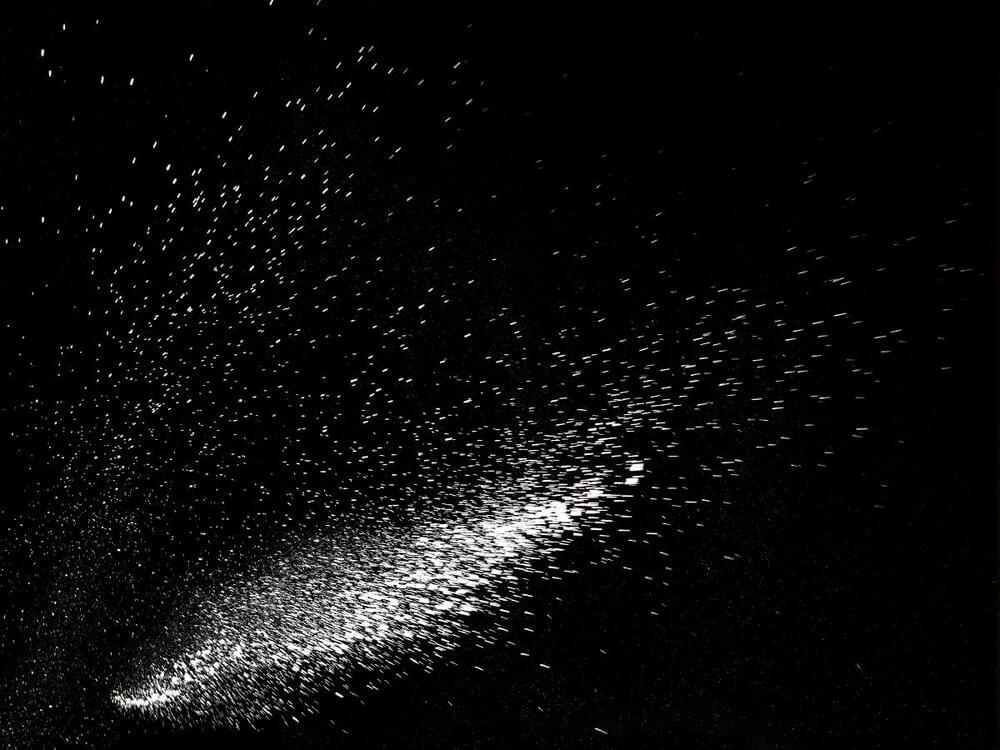Feb 28, 2024
Scientists Scanning Beautiful Star System for Signs of Alien Tech
Posted by Kelvin Dafiaghor in categories: alien life, mathematics
Last year, scientists discovered a mathematically perfect star system — and now, they’re looking into whether it might contain signs of alien tech.
Dubbed HD 110067, the star system located just 100 light-years from Earth has six exoplanets that are each perfectly spaced apart in the sort of mathematical harmony rarely seen in our chaotic Universe. In a paper published in the journal Nature last November, scientists listed off the astounding attributes of the system, which unfortunately did not include any planets in the so-called “habitable zone,” or distance from the orbit-inducing star that could support life as we know it here on Earth.
All the same, scientists aren’t done looking, and as radio astronomer and alien life-seeking expert Steve Croft of the University of Berkeley told Space.com, there’s no reason that advanced civilizations may not have visited HD 110,067 and potentially left some of their technology behind.
